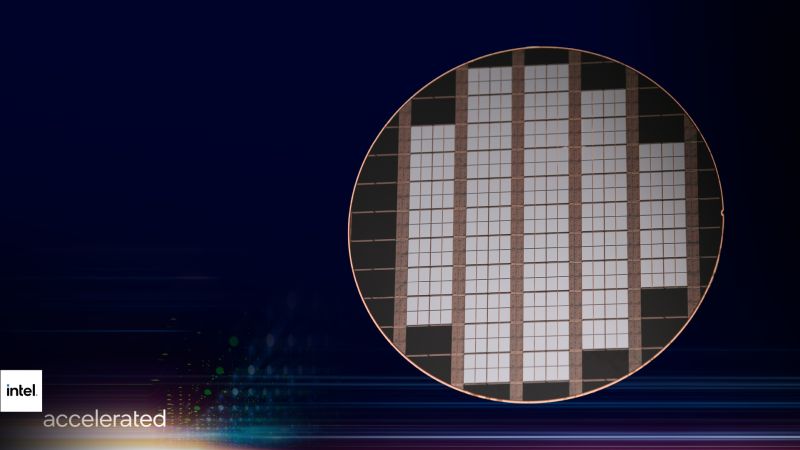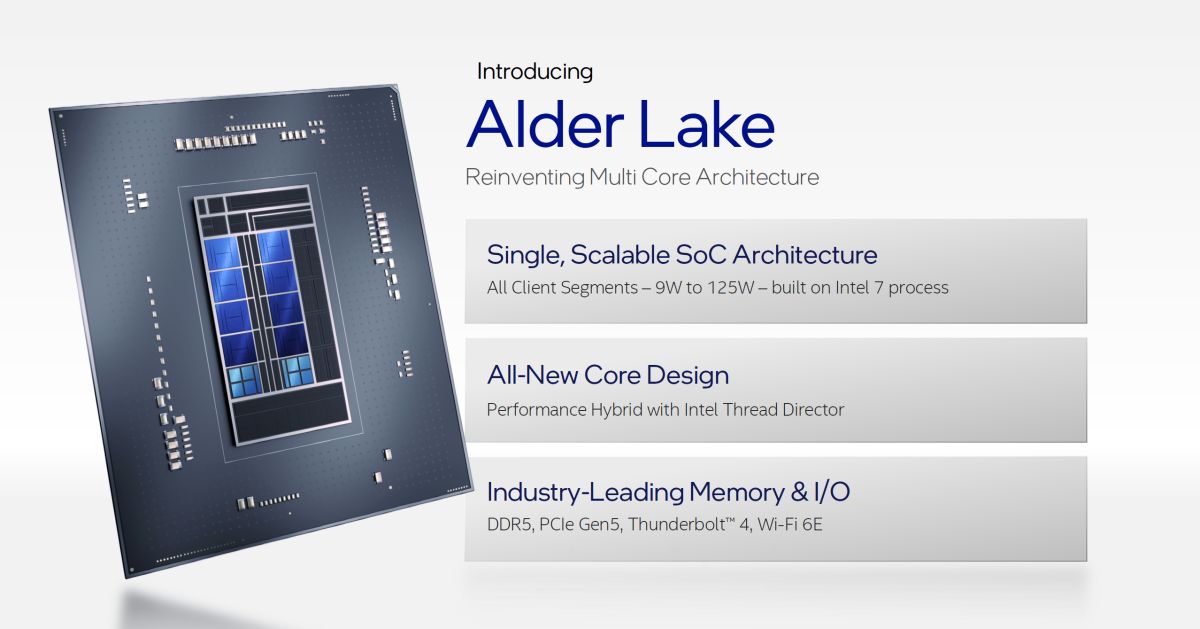Benchmark scores of Intel’s 12th generation Alder Lake-S CPU, specifically, the Core i9-12900K, have made their way onto Geekbench. More importantly, the scores gained in benchmark site’s tests show that Intel may finally have an edge over AMD’s current king-of-the-hill Ryzen 9 5950X.
According to the listing – which is no longer accessible, by the way. The original links provided by sources all seem to lead to a dead-end, suggesting that Geekbench could have pulled it at the behest of INtel – the 12900K and its 16-cores, 24-threads layout scored 1834 points in the single-core test, and 17370 points on the multi-core test.
In contrast, the Ryzen 9 5950X, when it was first tested, scored 1691 points and 16720 points in both single-core and multi-core tests respectively, which are already considered to be high. The fact that Intel’s soon-to-be released 12900K is able to beat that score is no simple feat, and with Intel’s new core layout, no less.
i9-12900K
Geekbench 5 Score
1893 – 17299https://t.co/ybWuxpQDhk pic.twitter.com/4DrpooAtRD— APISAK (@TUM_APISAK) August 26, 2021
Sadly, there isn’t much else in terms of details beyond the scores, but it should be noted that the scores obtained from the 12900K were done so through Windows 11 as its OS. For all intents and purposes, even the motherboard used was simply listed as an “AlderLake-S ADP”, while also being tested with DDR5 memory.
Intel officially laid bare details of its upcoming Alder Lake CPU lineup last week, during its annual Architecture Day. As mentioned then, the new CPU will be built around the Intel 7 process, which was formerly known as the 10nm Enhanced SuperFin. Moreover, all processors in the lineup will feature a new and unique core layout, comprising Performance Cores (P-Cores) and Efficient Cores (E-Cores), plus a new Thread Direct scheduling technology.

At the very least, some of the details of the 12900K’s Geekbench list matches up with Intel’s promise for Alder Lake; the new CPU generation will be the first to support the new DDR5 memory standard, as well as the PCIe 5.0 interface.
(Source: Videocardz, APISAK via Twitter)
Follow us on Instagram, Facebook, Twitter or Telegram for more updates and breaking news.



